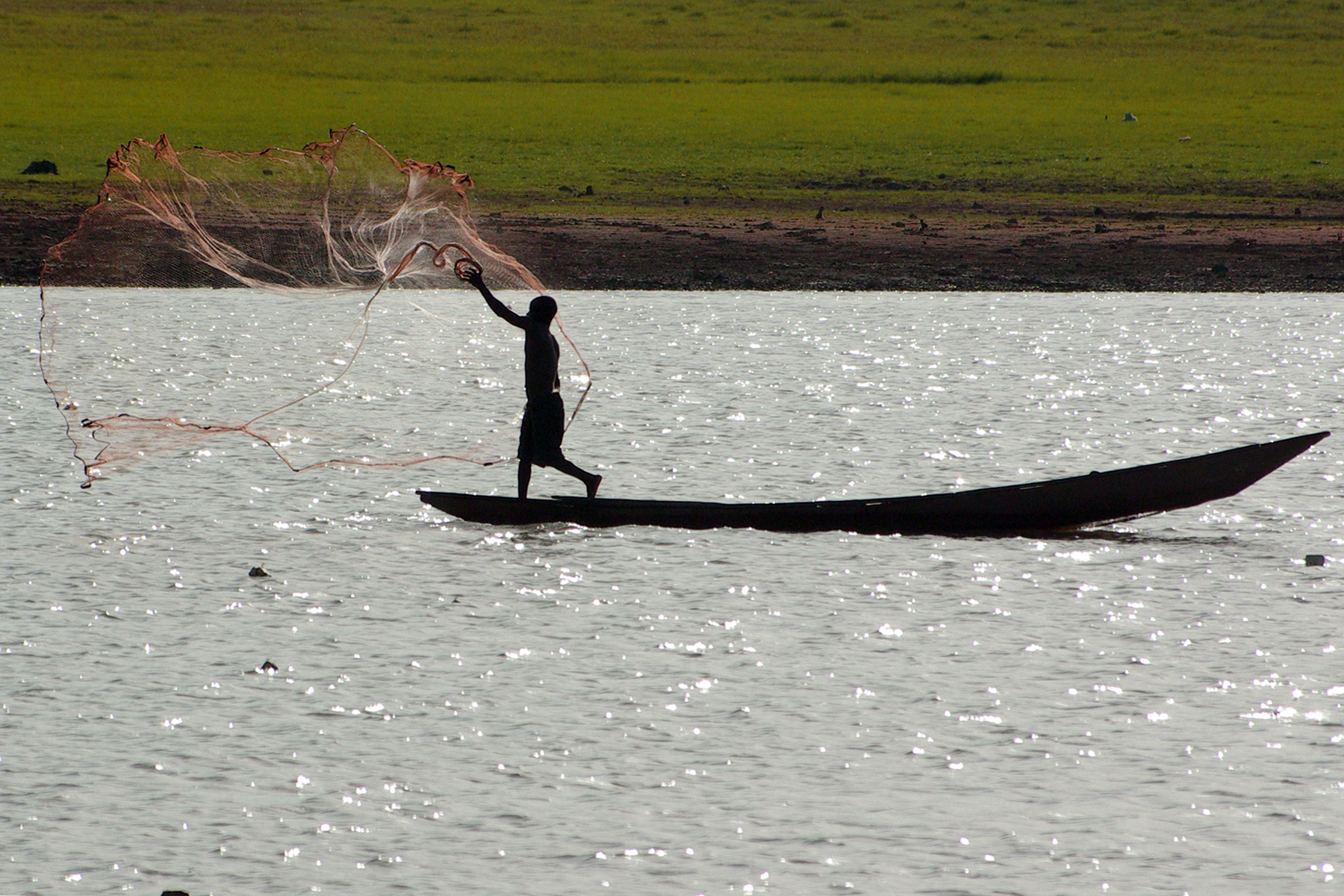
As one of the most dynamic economies in Africa, Nigeria is going through a demographic revolution and will be the third-most populous country in the world. These demographic and economic changes place tremendous pressures on natural resources and food systems, with implications on food and nutrition security. Additionally, Nigeria ranks among the top food-insecure nations in Africa, with poor rural communities being the most vulnerable to periods of hunger and malnutrition. Given that a strong relationship exists between food production and consumption, increased inland fisheries production through sound scientific management will result in a more productive and nutritionally rich inland fisheries system. Inland fisheries enhancement could also open additional economic opportunities with multiple benefits for communal food security, including poverty alleviation and improved nutrition through fisheries value chain services. The inland fishery has the potential to support the nutritional needs of vulnerable communities in a sustainable way when properly managed.
Malnutrition remains a major public health and development concern in Nigeria with 49% of children under 5 years of age either stunted, wasted, or overweight. Forty percent of the population, or almost 83 million people, live below the country’s poverty line of Nigerian ₦137,430 (US$381.75) per year. Currently, Nigeria is a net importer of fish, importing close to one million tons annually at a cost to the government of about U.S.$1.2 billion. With anticipated population growth, research indicates that the country would need an additional 752,000 tons of fish per year to maintain the current rate of consumption at 11.2kg per capita, a figure that is half of the world average. Increasing per capita consumption by 12.8kg by 2030 would require and additional 3.5 million metric tons of fish.
Considering the vast freshwater resources available within the country, there exist opportunities to increase fish supply—for both nutrition and improved livelihoods—using climate-resilient aquatic food systems. This could increase per capita consumption, where small-scale fishers, the private sector, and service suppliers/providers are the key stakeholders. Despite the extensive availability of inland water bodies, there have not been any comprehensive studies on their fishery potential. Freshwater inland fisheries face management challenges, and catches are in decline. To formulate effective inland fishery management strategies, the fishery potential of these water bodies should be known.
The Nigerian Inland Fisheries activity aims to develop empirical models for predicting fishery potential in inland water bodies in Nigeria, particularly small indigenous fish species (SIS), to support food and nutritional security of Nigerian communities and to lay the foundation to formulate effective management measures.
Activity objectives:
- Collate and synthesize existing ecological, fisheries, social, and economic data for Nigerian reservoir fisheries.
- Develop preliminary empirical models of fishery potential and the impacts of management measures on realized benefits.
- Devise a strategy for expanding the empirical modelling approach through additional data collection and adaptive management.
- Assess the fishery potential of hitherto unexploited and/or underexploited SIS in lakes and reservoirs.
- Develop scenarios and impact of climate changes on the fisheries of Nigeria.
- Co-develop effective management measures.
Planned outcomes:
- Existing ecological, fisheries, social, and economic data for Nigerian reservoir fisheries collated in a database and synthesized.
- Preliminary empirical models of fishery potential and the impacts of management measures on realized benefits will be developed.
- Strategy for expanding the empirical modeling approach through additional data collection and adaptive management will be devised.
- Quantification of fishery potential of SIS and identification of adaptive exploitation strategies to support food and nutritional security of rural people will be enabled.
- Scenarios and impact of climate changes on productivity and livelihood of fisheries will be developed.
- Capacity development among all stakeholders (small-scale fishers, value-chain actors, and extension workers) and introduction of co-management for sustainability of inland fisheries in Nigeria will be enabled.
The Nigerian Inland Fisheries team anticipates that reducing fish catch losses and preventing the decline of fisheries and postharvest losses will enhance productivity. Also, utilizing fishery management strategies based on potential yields will improve long-term resilience of fishing operations and associated households while increasing income from fishing, reducing vulnerability to shocks and stresses, and enhancing food security.
